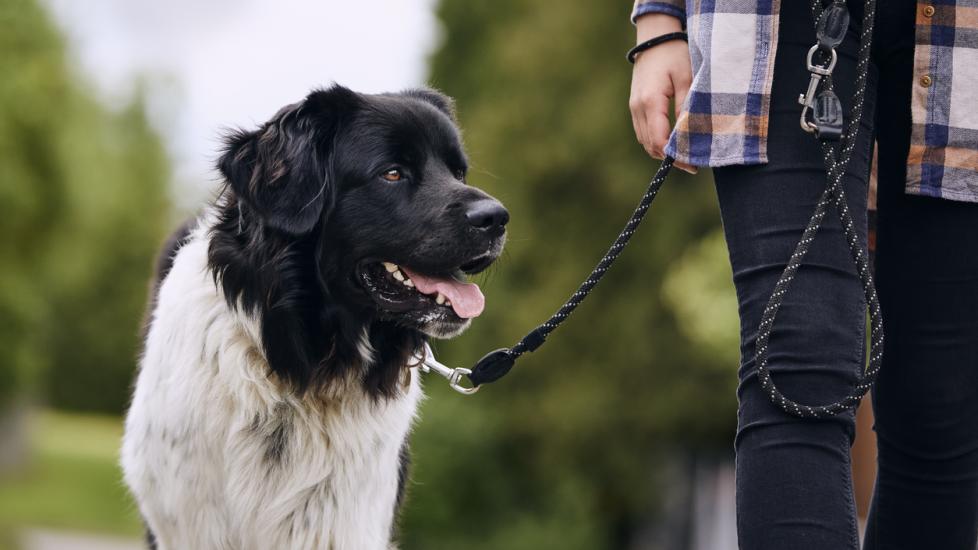Title: “Understanding and Managing Grass Allergies in Your Furry Friend”
Introduction:
In a world where dogs are cherished as beloved family members, it’s heartbreaking to see them suffer from any form of discomfort. One common condition that can affect our furry companions is grass allergies, which can range from mildly irritating to severely debilitating. As pet owners, we must be equipped with the knowledge to recognize the signs, understand the causes, and implement strategies to alleviate our dog’s suffering. This article aims to provide you with an insight into grass allergies in dogs, guiding you on how best to manage this prevalent issue.
What Are Grass Allergies?
Grass allergies in dogs occur when their immune system reacts adversely to proteins found within grasses or pollen grains, identifying these substances as harmful invaders. The body then releases histamines to combat the perceived threat, leading to symptoms such as sneezing, scratching, ear infections, and skin rashes. These allergic reactions can vary greatly in severity and frequency among different breeds and individuals.
Signs and Symptoms:
Recognizing the telltale signs of grass allergies is crucial for early intervention. Here are some common indications your dog may have developed a sensitivity to grass:
– Constant paw licking or biting at paws (often due to contact dermatitis)
– Excessive scratching around the face, ears, belly, or feet
– Redness and inflammation of the skin
– Persistent rubbing against furniture or walls
– Watery eyes and nosebleeds
– Loss of hair or bald patches
– Aggressive chewing or biting at legs or other affected areas
Causes and Triggers:
Allergens come in many forms, but certain factors seem particularly notorious for triggering grass allergies in dogs. Some primary culprits include:
1. Seasonal Changes: Warmer months often coincide with increased pollen counts, making spring and summer prime allergy seasons.
2. Genetics: Breed plays a role; certain breeds like Bulldogs, Boxers, and Cocker Spaniels tend to experience more allergies than others.
3. Environment: Urban environments with high levels of pollution can exacerbate allergies by combining allergens with chemical irritants.
4. Exposure: Regular exposure to grass through playtime or walks increases chances of developing an allergy over time.
5. Dietary Factors: Certain ingredients in commercial dog food might contain protein sources that could trigger allergies if consumed regularly.
Management Strategies:
Managing grass allergies effectively involves a combination of preventative measures, lifestyle adjustments, and sometimes medical interventions. Consider these steps:
-
Identification: Work closely with your veterinarian to accurately diagnose the allergy through observation, elimination diets, intradermal testing, or blood tests.
-
Avoidance: Keep your dog away from heavily fertilized lawns or fields where they might encounter higher concentrations of allergenic materials.
-
Medical Treatment: Depending on the severity, medications like antihistamines, corticosteroids, or immunotherapy injections may be prescribed. Always follow vet instructions carefully.
-
Regular Grooming: Use a brush designed to remove loose hairs and dead skin cells, helping reduce irritation caused by environmental triggers caught on the coat.
-
Hygiene Measures: After outdoor activities, bathe your dog using hypoallergenic shampoos formulated specifically for sensitive skin conditions.
-
Diet Modifications: Consult with a veterinary nutritionist about changing your dog’s diet to one that minimizes potential allergens or switches to hydrolyzed protein foods.
-
Supplements: Omegas and probiotics support skin health and digestion, potentially reducing allergy symptoms.
Conclusion:
Coping with grass allergies in dogs requires patience, dedication, and consistent management practices tailored to each individual pup’s needs. By understanding the triggers and implementing appropriate strategies, you can help ensure your four-legged friend leads a happier, healthier life despite dealing with this common affliction. Remember, every dog is unique—what works well for one may not be suitable for another. Stay vigilant, stay informed, and most importantly, show unwavering love and care throughout the journey towards managing your dog’s grass allergies successfully.
